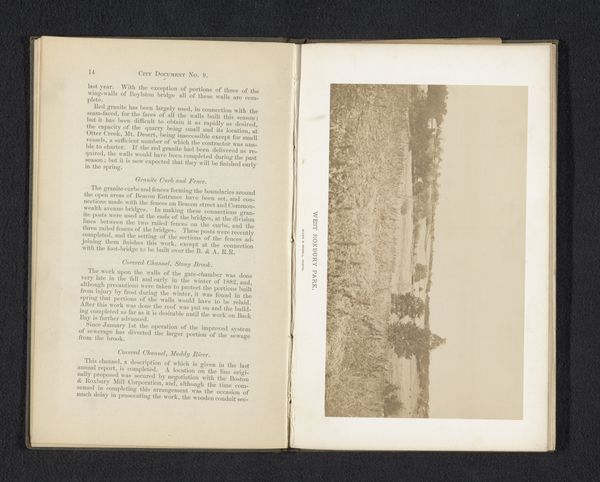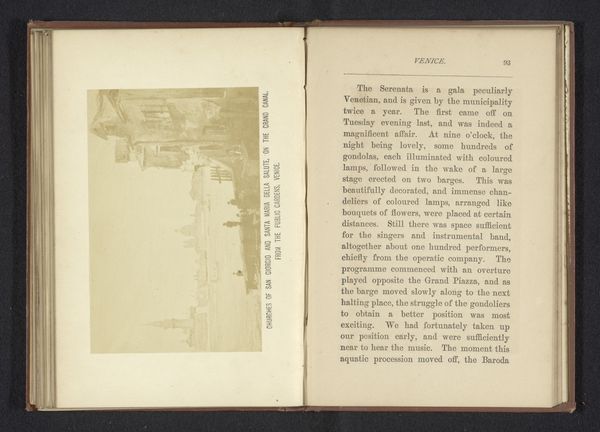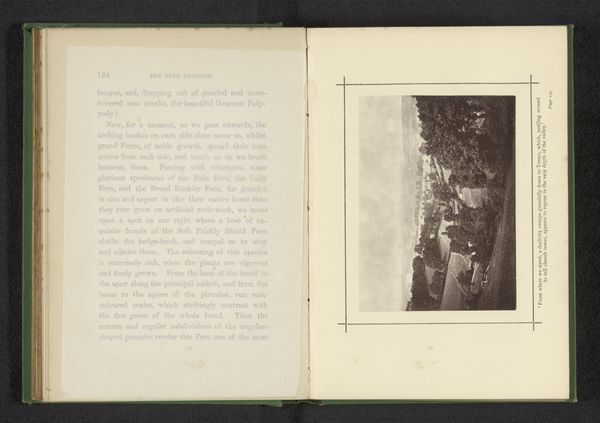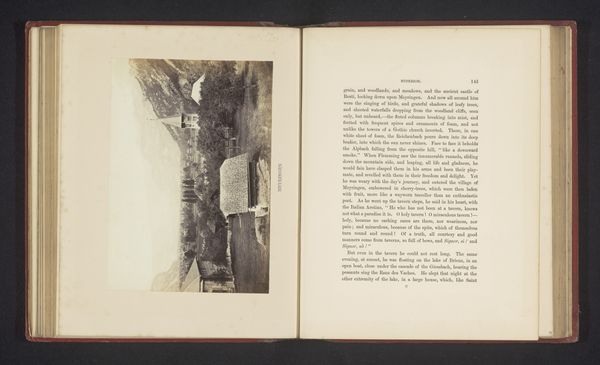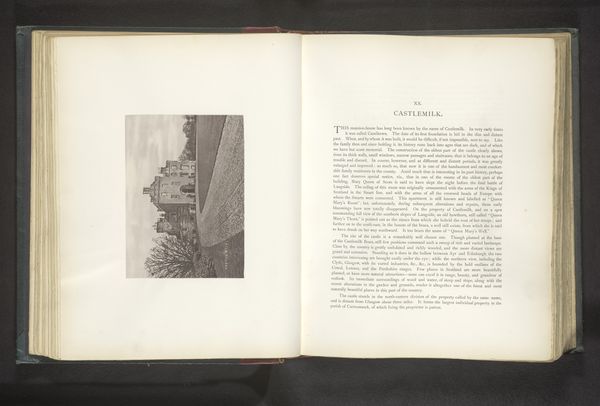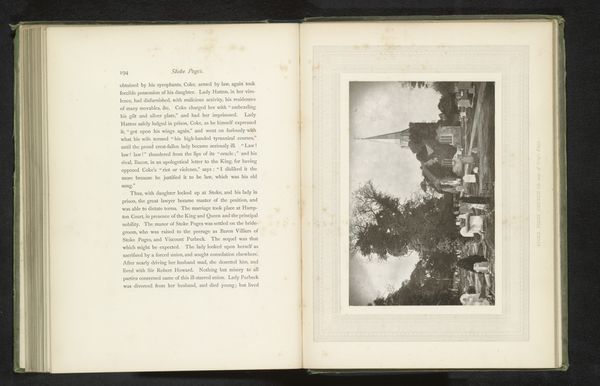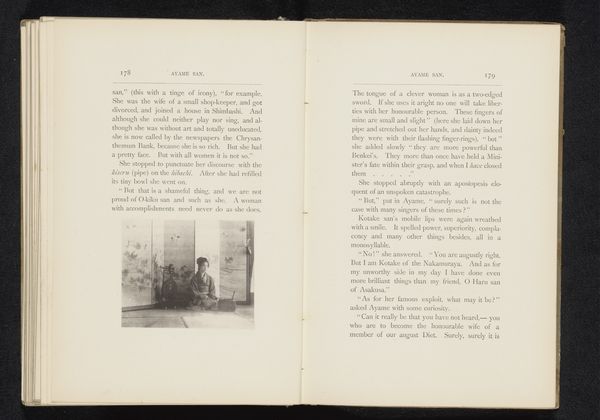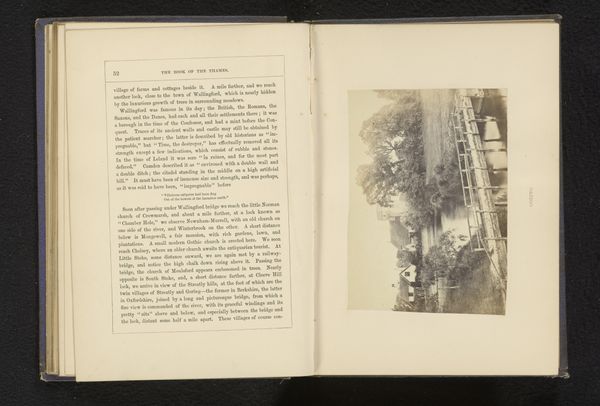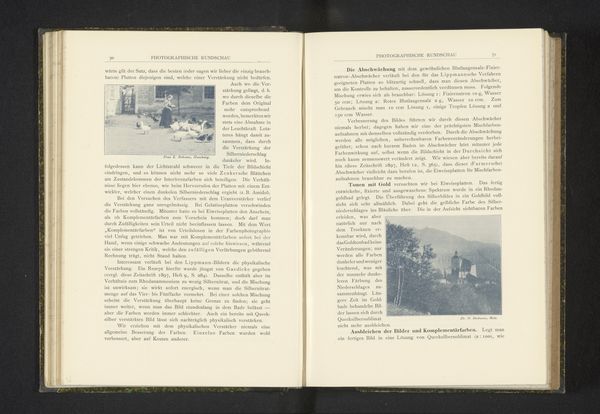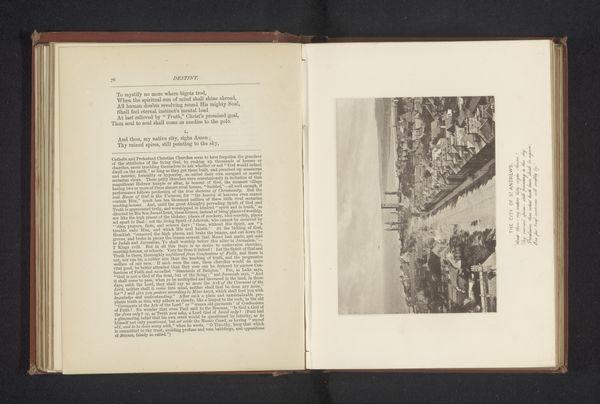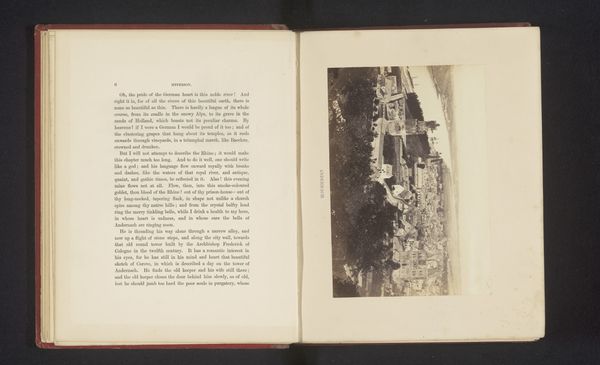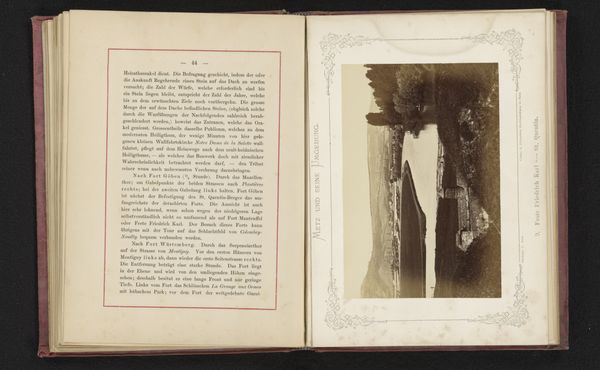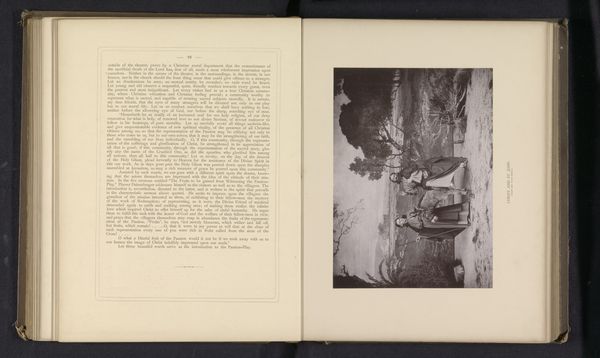
print, photography, gelatin-silver-print, albumen-print
# print
#
landscape
#
river
#
photography
#
gelatin-silver-print
#
albumen-print
Dimensions: height 100 mm, width 140 mm
Copyright: Rijks Museum: Open Domain
This photograph of the Thames at Henley was made by Francis Frith sometime in the mid-19th century, most likely printed using the albumen process. This technique, which dominated photography for nearly 30 years, involved coating a sheet of paper with egg white and then floating it on a silver nitrate solution. This creates a light sensitive surface to capture the image from a glass negative. Frith’s choice of albumen printing speaks to photography’s complex relationship to labor and industrialization in the 19th century. The process demanded a high degree of skill, both chemical and artistic, to prepare and print the photographs. The image’s tonal range and fine details are a direct result of the photographer's skill in manipulating the materials. At the same time, these images were mass-produced and widely distributed. Considering the material and social context of photography reminds us that even seemingly straightforward images are the result of skillful labor, industrial production, and widespread consumption. This challenges us to expand our understanding of photography as both art and industry.
Comments
No comments
Be the first to comment and join the conversation on the ultimate creative platform.
